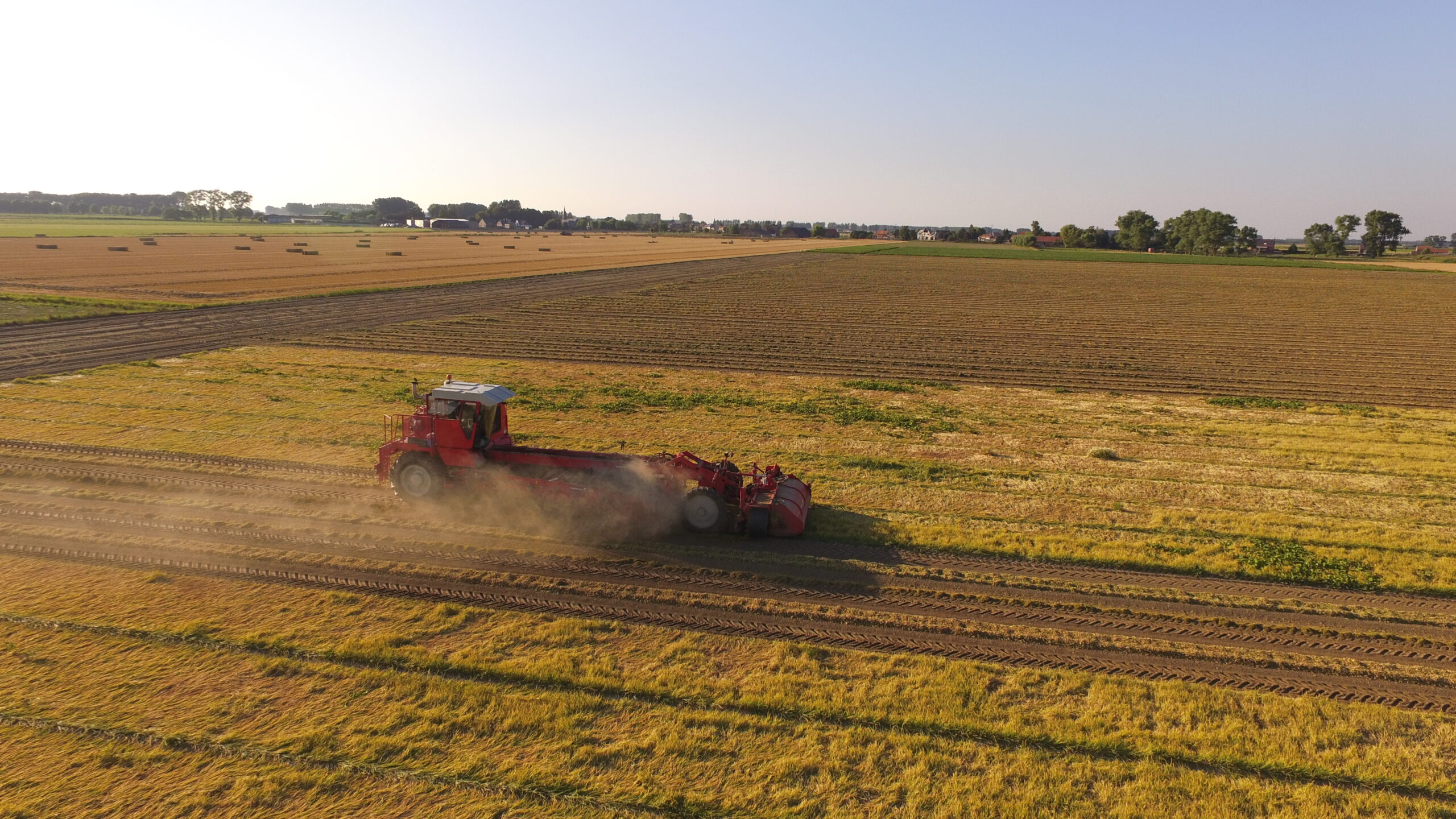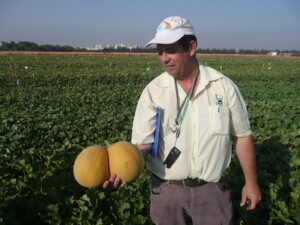Precision agriculture (PA) reportedly has the potential to boost agricultural productivity by 70% by 2050. With a growing global population, PA techniques can deliver much-needed food security in the decades to come. Precision agriculture (PA), is a crop-farming management concept based on identifying and managing the variability of growing conditions on the crop farm.
We’ve noticed you are from
What is your preferred language?
Thank you for visiting our website, feel free to visit our corporate website or select another region to find out more about us and our products.
Thank you for visiting, you may continue to your regional website and find out more about us and relevant products for you.
To explore Hazera products available, please visit our partner in your region. Or feel free to visit our corporate website and learn more about Hazera.
We’ve noticed you are fromGlobal
Do you want to proceed to








